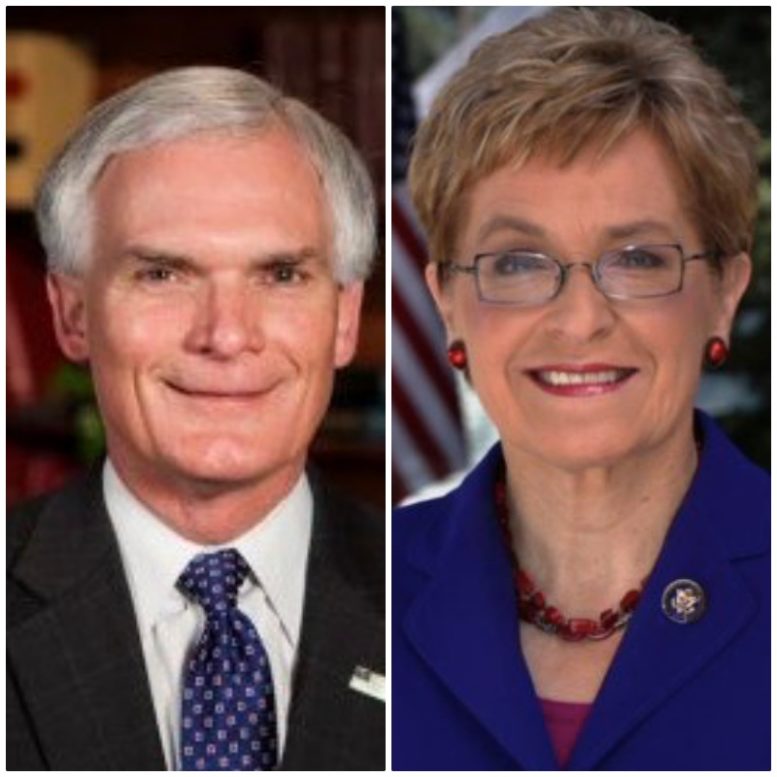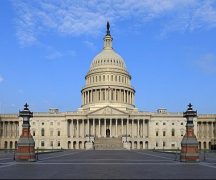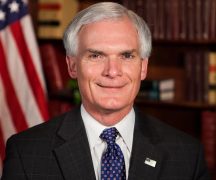From OFFICE OF U.S. REP. MARCY KAPTUR, NINTH DISTRICT OF OHIO
Representatives Marcy Kaptur (OH-09) and Bob Latta (OH-05), have led a bipartisan group of fifteen House members from Ohio and Michigan urging U.S. Department of Energy Secretary Jennifer Granholm to support a proposal for the Great Lakes Clean Hydrogen Hub (GLCH). The proposal, developed in response to a Bipartisan Infrastructure Law-established clean energy demonstration initiative, would fund hydrogen production, distribution, storage, and use in the Great Lakes Region.
The GLCH has submitted a full application for federal funding from the U.S. Department of Energy (DOE) program to support the creation of regional clean hydrogen hubs under the Infrastructure Investment and Jobs Act. GLCH’s full application details a $2 Billion plan to create a clean hydrogen hub to serve Ohio, Michigan, and portions of Pennsylvania and Indiana. The proposed hub will use carbon-free nuclear power to produce clean hydrogen at a competitive cost. It has a well-defined scope, is commercially feasible, and will utilize proven production technologies to minimize the time required to achieve full production of 100+ metric tons of hydrogen per day.
“We note that Ohio and Michigan have been engaged in developing a hub with many preparatory meetings and we are pleased to see strong collaboration from both states,” said the Members in their letter to Secretary Granholm. “GLCH delivered a presentation at the Michigan Hydrogen Workshop in Ann Arbor in May, 2022, which included discussions of the advantages of a combined Ohio and Michigan hub. It is important for the DOE to support a hydrogen hub in this region of the Midwest to address carbon emission reduction targets and create opportunities for meaningful engagement of our citizens in a hub that is destined to grow and connect with other hubs anchoring the nation’s hydrogen economy.”
In addition to Kaptur and Latta, the letter was signed by Representatives Troy Balderson (OH-12), Shontel Brown (OH-11), Mike Carey (OH-15), Warren Davidson (OH-08), Debbie Dingel (MI-06), David Joyce (OH-14), Greg Landsman (OH-01), Max Miller (OH-07), Hillary Scholten (MI-03), Emilia Sykes (OH-13), Mike Turner (OH-10), Tim Walburg (MI-05), and Brad Wenstrup (OH-02).
The text of the letter is below:
Dear Secretary Granholm:
As members of Congress representing districts throughout Ohio and Michigan, we write regarding the Great Lakes Clean Hydrogen (GLCH) bid for selection as a United States Department of Energy (DOE) Hydrogen Hub. The hydrogen hubs represent a vital opportunity for our nation to find cutting-edge yet practical solutions as we explore hydrogen-based energy at scale in our nation. The success of such investment will be invaluable to efforts addressing energy independence, the reduction of carbon emissions from industrial and mobility sources, and in transforming Midwestern communities by creating prosperity in a region that has not fully participated in the nation’s innovation economy. GLCH has a strong team of industry, academic, and national laboratory leaders to deliver the results expected of the DOE through the hydrogen hub program.
The GLCH is a direct outgrowth of DOE investment at Energy Harbor’s Davis-Besse Nuclear Power Station in Northern Ohio to demonstrate ways to produce hydrogen through electrolysis. Working with the Idaho National Laboratory and The University of Toledo, this project found ways to produce pure hydrogen at the station while maintaining the strict safety requirements of nuclear generated power. Through this work, The University of Toledo found that there was vast demand for pure hydrogen in our region, as local industries have corporate goals to reduce carbon emissions. Hydrogen was seen as a promising way to maintain profitable operations while reducing their carbon footprint. Over the past three years, GLCH has convened an impressive group of industry, national laboratory, university, and community stakeholders to produce pure hydrogen to serve existing and future demand in Ohio and Michigan.
GLCH has secured partnerships with national leaders from industry, universities and national laboratories providing the DOE with confidence of delivering a successful hydrogen hub. In addition to the prime applicant Linde, industry leaders include those in the steel industry (Cleveland Cliffs), aviation and power generation industry (GE Aerospace), and glass industry (Owens-Illinois; Pilkington; Owens Corning). Major midwestern universities in addition to The University of Toledo include Michigan Technological University, The University of Michigan, Michigan State University, Wayne State University, The University of Michigan-Flint, Case Western Reserve University, Central State University, and the University of Cincinnati. The hub leverages the research and technical assets of the national laboratories with participation from the Idaho National Laboratory, the Pacific Northwest National Laboratory, Argonne National Laboratory, and the National Renewable Energy Laboratory. In addition, community and technical colleges from both states, led by Owens Community College, will lead work in trade and technical workforce training in close cooperation with appropriate union labor partners.
GLCH has a well developed Community Benefit Plan and has already formed an Ohio not-for-profit corporation that will work independently of the for-profit corporation to continue and expand upon work already done in engaging community stakeholders in the project, connecting with labor groups, and developing hydrogen projects, such as at metropolitan transit systems, to ensure that disadvantaged communities in Ohio and Michigan benefit from the DOE and industry investments.
We note that Ohio and Michigan have been engaged in developing a hub with many preparatory meetings and we are pleased to see strong collaboration from both states. For instance, GLCH delivered a presentation at the Michigan Hydrogen Workshop in Ann Arbor in May, 2022, which included discussions of the advantages of a combined Ohio and Michigan hub. It is important for the DOE to support a hydrogen hub in this region of the Midwest to address carbon emission reduction targets and create opportunities for meaningful engagement of our citizens in a hub that is destined to grow and connect with other hubs anchoring the nation’s hydrogen economy.
We are prepared to use the resources of our offices to support GLCH and build new connections to include new participants in the hub and expand its connection to other states.
We thank you in advance for your full and fair consideration of this grant proposal in accordance with your agency’s rules and regulations.





